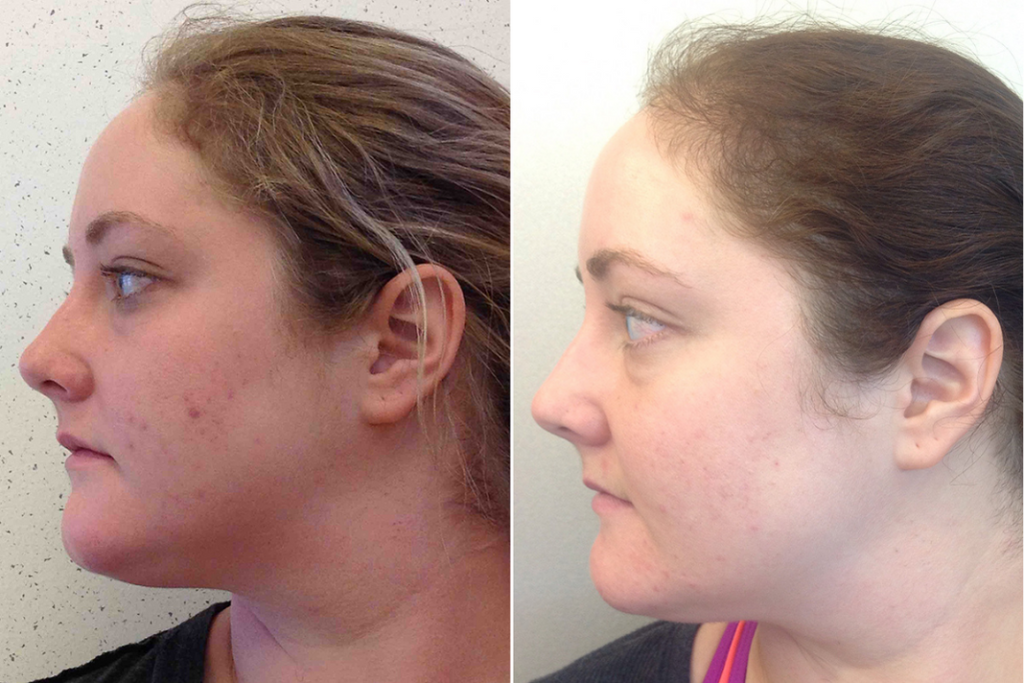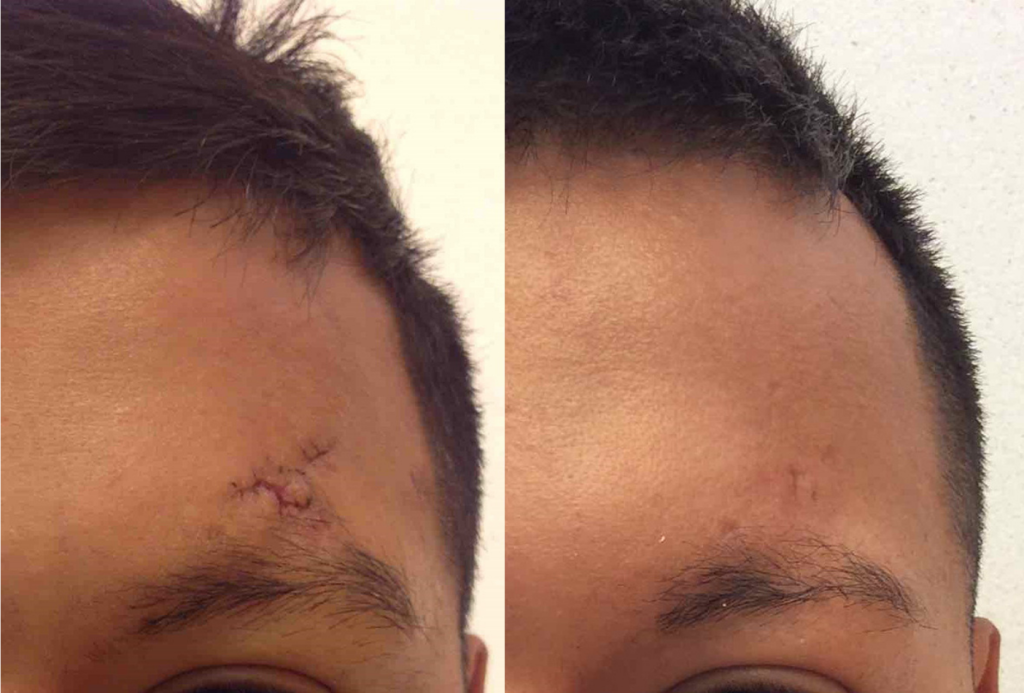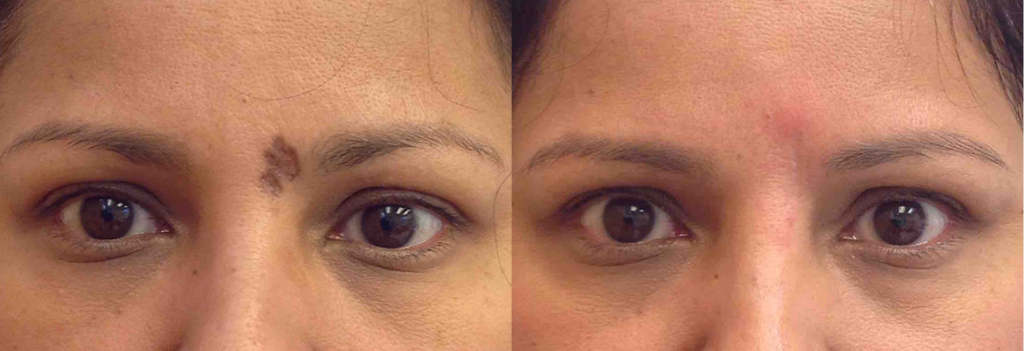Scar Treatment
Conveniently located to serve Omaha, NE
Learn more
EXPLORE YOUR OPTIONS
Schedule an
appointment
to start your
treatment
Overview
Scarring can be the result of a burn, injury, surgery, or even acne. Scar formation is a natural part of the healing process and, although a scar may never completely disappear, there are treatment options that can help minimize its size and appearance.
Patient reviews
★★★★★
The staff at this clinic is always nice and helpful but Kristen was exceptional! Dr. Schlessinger is amazing! I’ve seen him before for skin issues and he knew exactly how to treat them. This time I went for a consult on Botox and fillers. He was honest and informative. It’s obvious he wants his clients to look their best while also maintaining their natural look. He managed to surpass my high expectations! I have two decades trying to reduce my acne scars with various treatments and procedures. I was shocked that he was able to reduce them and my wrinkles. I can’t express how amazed and grateful I am to Dr. Schlessinger and his staff.
– Nicole H.
Scar removal procedure options
Surgery
For deep scarring, scar surgery remains an excellent option for scar treatment/removal. The aim is to manipulate the skin in order to replace the large, depressed scar with a smaller, less noticeable one. This procedure is invasive in nature and may require a period of downtime depending on the extent of the surgery.
Intense Pulsed Light (IPL)
An IPL, also know as pigmentation therapy, treatment can help to diminish the appearance of discoloration or redness from scarring and improve the look of dark spots from post-inflammatory hyperpigmentation. The gentle, non-ablative treatment uses broad-spectrum light to treat the skin. IPL and lasers are generally not effective on darker skin or tanned skin so it is important to let us know if you have been in the sun or have darker skin prior to scheduling a visit for evaluation.
BOTOX® or Dysport® usage after a surgical procedure
Scars heal better when the area treated is at rest. That’s why botulinum toxin may be used to prevent or improve the look of a healing scar by limiting the motion of the area. It is mainly useful on scars located on the forehead because this area is able to easily be put at rest and not affect any other movement, but there are areas of the body outside the forehead where BOTOX® is used for scar improvement as well.
Microdermabrasion | DiamondGlow®
DiamondGlow®, also know as microdermabrasion, is an exfoliation and skin rejuvenation treatment that involves gently resurfacing the top layer of skin. The treatment provides the best results for those with shallow depressions but is temporary in nature and unlikely to change any scars on a long-term basis. DiamondGlow® is performed by our licensed clinical Aestheticians and requires no surgery or anesthetics and can provide an improvement without downtime.
Fraxel® laser resurfacing and CO2 laser resurfacing
Fraxel® is a semi-ablative procedure that is based upon the skin’s own healing process. Microscopic laser wounds are spaced across the skin to initiate new collagen growth and repair. Most patients see an improvement in scarring, with more improvement over time. The treatment requires a rest period of about seven to 14 days in some cases. Though the results are not permanent, they last significantly longer than other procedures. CO2 laser resurfacing is done mainly after surgery, often within seven weeks of the initial suturing. This is an outstanding option when planned surgery results in less favorable results or if a scar heals poorly despite the best of efforts.
Fillers
Well-placed hyaluronic acid fillers such as Restylane®, Restylane® Lyft and JUVÉDERM® can make a big difference when it comes to diminishing or ‘popping out’ depressed scars. Similar to how these fillers can help plump the skin and fill in wrinkles, they can also help fill scars. This quick procedure allows you to resume normal activities immediately. Depending on the area being treated, the results can last for six months or more in some patients.
Subcision
Subcision releases scar tissue from tethering fibrous bands under the skin, diminishing the appearance of depressed or indented scars. By releasing the bands that are holding the skin down, collagen production is stimulated and there is an improvement in the appearance of the scar. This is often used in conjunction with fillers.
Peels
Chemical peels improve the appearance of mild scarring by exfoliating and resurfacing the topmost layer of skin. This is usually a temporary effect. Using exfoliating ingredients like glycolic and salicylic acids, peels retexturize skin, revealing a smoother, more vibrant complexion. Depending on the strength, these treatments can be done every two to four weeks. Peels are not as effective on deeper scars.
Accutane
Accutane (isotretinoin) is one of the most effective treatments Drs. Joel and Daniel Schlessinger use for acne. It is best used when the acne is still active and scars haven’t fully healed. It is imperative to use this drug early in the course of the scarring as it is excellent during that time period but ineffective if the scarring has completely healed. Most insurances cover its usage, which is not the case with all of the other treatments for scarring.
Retin-A | Tretinoin
Also known as Tretinoin or Renova, Retin-A is a prescription-only vitamin A cream that helps to increase the rate of cell turnover and stimulate healthy collagen production. It is often prescribed to treat acne and wrinkles, and it can also improve the appearance of acne scarring over time. Superficial acne scarring may benefit the most from Retin-A creams, and side effects may include temporary dryness and peeling. These prescriptions are available at Schlessinger MD and are a great addition to your skin care regimen.
Before & afters
These are unretouched photos of Dr. Schlessinger’s own patients
Q&A with Dr. Schlessinger
Your commonly asked questions answered.
Related content
Contact us to learn more about our dermatology services.
At Schlessinger MD our skin experts specialize in various treatments because we believe that everyone can have healthy skin. Joel Schlessinger, MD is a highly skilled and experienced board-certified dermatologist, recognized as the Best Dermatologist and Cosmetic Surgeon in Omaha since 2000. Our team is dedicated to providing you with the best results and experience possible. Contact Schlessinger MD today or book your acne appointment online now using our booking tool.



